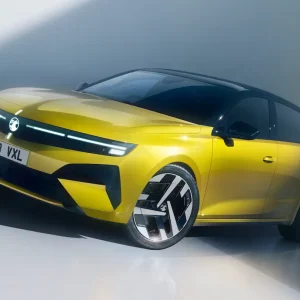Black holes in space are a source of mystery to us mere mortals on planet Earth. They become even more mysterious when they appear with alarming regularity on our British roads.
Black holes
Black holes in space are a source of mystery to us mere mortals on planet Earth. They become even more mysterious when they appear with alarming regularity on our British roads.
News from the Asphalt Industry Alliance’s (AIA) annual survey indicates there are more than three million of the unfilled buggers today.
Against this backdrop, we have local councils complaining they only receive half the subsidies needed to keep the roads under their jurisdiction in good condition while paying over £50m in compensation claims for damages caused by unfilled potholes. The AIA estimates there is an 11-year backlog in road maintenance.
Councils have a roadworks department for reporting new potholes and some have a target of filling these in within 24 hours. However, faced with tighter resources some councils, 20 in total, have redefined their definition of a pothole to reduce repair waiting lists. Now, they have to be a minimum of four centimetres deep and in some cases, notably Essex, five centimetres deep.
Well, obviously, representatives from those councils don’t ride bikes. Hit a four-centimetre pothole on a pedal cycle at 30mph on a downhill section and chances are you’ll go flying over the handlebars. Net result, one damaged bike, one injured rider and one big compensation claim. Figures suggest councils pay as much out in compensation claims as they do in filling the potholes up. Have you ever heard of anything so short-sighted? Redefining potholes is putting people’s lives at risk.
The Cyclists Touring Club (CTC) has logged almost 10,000 hazards via www.fillthathole.org.uk. Launched just over a year ago, that’s nearly 30 potholes reported each day.
The AIA recommends resurfacing an asphalt road every 10 – 20 years but that timescale is now doubled due to a shortage of funds so meanwhile councils are effectively papering over the cracks.
The AIA also blames utility companies for digging more than two million trenches a year. These companies frequently leave the roads in a very poor state of repair after digging them up. Apparently, they should repair the roads to a given standard. Well, that’s a joke!
Only last week I had to report a downhill stretch dug up by BT that was left worse than a rallycross course! Every 20 metres or so they had dug holes in the road to feed through cables and filled them up to well below the adjoining road surface level. The stretch is now being slowly rectified.
This illustrates the fact that utility companies pay little heed to what is expected of them. Personally, I strongly believe that all repair work undertaken by any organisation digging up a road surface should be inspected and signed off by a council road repairs inspector.
Furthermore, I would advocate that utility companies who dig up stretches of road should be made to resurface the complete stretch of affected road if they prove incapable of undertaking a proper repair first time around.
Drive on any road in Germany and you’ll see the standard of repair required there. Why are our British workmen apparently incapable of carrying out repair work to the same high standards? Maybe we should have an EU standard?
Meanwhile, the black holes in our roads create another black hole. How many vehicles passing over them ultimately suffer a suspension or tyre failure? The resultant black holes lie in the unseen danger of cracked suspensions and bulging tyre sidewalls. Given our nanny state, potholes represent a major loophole in Government policy.





